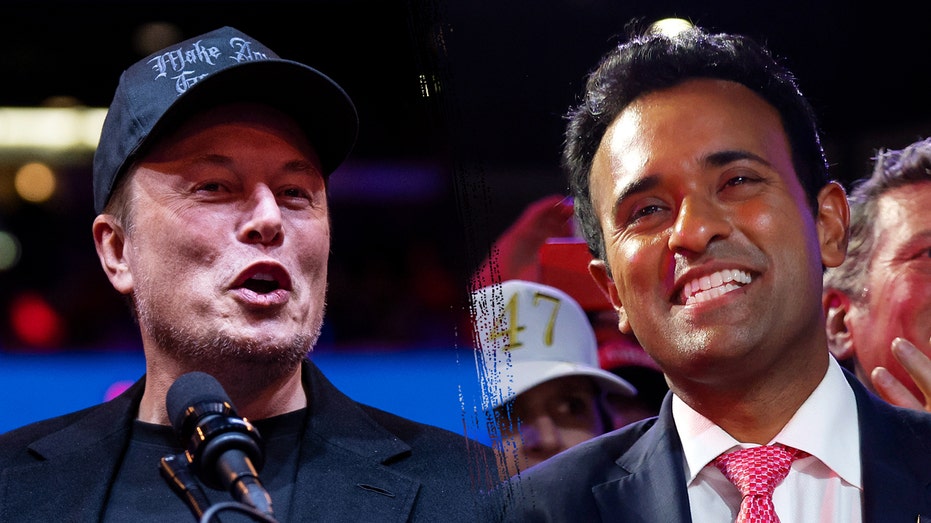Opinion editor’s note: Strib Voices publishes a mix of commentary online and in print each day. To contribute, click here . ••• The same phonetic, frenetic phrase — “attack ’em!” — defined a mission and a missile system long sought by Ukraine in its existential fight against Russia.
On Tuesday, the thousandth day since the full-scale invasion of its country and just days after the U.S. approved the use of ATACMS (Army Tactical Missile Systems) deep into Russian territory, Ukraine launched six of the ballistic missiles in an attempt to reseize momentum in a war it’s incrementally losing.
Similar to several U.S. weapons Ukraine has asked for, President Joe Biden had been reluctant to approve the use of ATACMS.
The administration “long resisted giving long-range weapons to Ukraine that are capable of striking Russian territory because they’ve been afraid of escalation with the Russians,” said Nora Bensahel , a visiting professor of strategic studies at the Johns Hopkins School of Advanced International Studies. “They haven’t wanted to risk drawing NATO into the war with a Russian attack on NATO to compensate, which would of course draw the United States into the war.” Russian President Vladimir Putin resurfaced that fear by lowering the threshold for the use of nuclear weapons — a long-planned adjustment, but one ominously announced on the same day as Ukraine’s strike that a Kremlin spokesman said “escalates tensions to a qualitatively new level.
” Of course it’s Moscow, not Kyiv or Washington, that’s consistently elevated tensions by first cleaving Crimea in 2014, waging a low-grade war in eastern Ukraine in subsequent years before launching its full-scale invasion in 2022. (And on Wednesday, the U.S.
embassy in Kyiv closed after an urgent warning that Russia might launch a “significant air attack.”) More recently, Russia has folded 10,000 elite North Korean troops into their ranks, which seemed to change the administration’s cautious calculus on ATACMS (as well as lead it to reverse its policy on Ukraine using antipersonnel land mines like Russia’s deployed on the front lines). Tuesday’s nuclear-warfare warning was an “entirely predictable Russian response” that’s often deterred Biden, Bensahel said, adding that “over time, the nuclear saber-rattling has lessened from Russia, and many analysts, including myself, believe that if Putin had been serious about using nuclear weapons to affect the conflict he would have done so long before now.
” Or, more colloquially from former U.S. Ambassador to Ukraine John Herbst , “How many times does Lucy have to pick up the football before Charlie Brown stops trying to kick it?” Herbst, who’s now senior director of the Atlantic Council’s Eurasia Center, supports the administration’s ATACMS call, but said that “like all the decisions in the Biden administration [regarding Ukraine] it’s too little, too late.
” Perhaps for the battlefield. But maybe not for the negotiating table, which is where the countries’ presidents and President-elect Donald Trump may soon find themselves, especially after Trump campaigned on curtailing support for Ukraine and ending the war “in 24 hours.” It’s “precisely in that context that this [ATACMS] decision is most useful,” said Herbst, who added that while Trump has hinted he’d reduce arms to Ukraine, he’d hold leverage over Russia if they don’t compromise by threatening to arm Ukraine even further.
“So, this just raises the bar since Biden’s already giving them ATACMS; he’s got to do better than that to keep his word.” Meanwhile, said Bensahel, if ATACMS help Ukraine militarily “then it would be in a better bargaining position for any negotiations that President-elect Trump might start.” Ukraine’s willingness to negotiate will be shaped in part by public opinion.
So a Gallup poll released on Wednesday will be scrutinized, especially since it reports that 52% of war-weary Ukrainians think the country “should seek to negotiate an ending to the war as soon as possible” compared to the 38% who believe Ukraine should fight on until victory. “I sensed a deeper war fatigue than on previous reporting trips, as one would expect as the war grinds on,” said native Minnesotan Martin Kuz , a former reporter for Stars and Stripes who’s now often found amid Ukraine’s blue and yellow flag as he chronicles the war in his “Reporting on Ukraine” newsletter . “I wouldn’t characterize it as resignation, it’s simply the accumulated toll of the war, with an estimated 80,000 Ukrainian troops killed and an estimated 12,000 civilians killed — the latter number being likely a dramatic undercount.
” Resignation, let alone fatigue, seem the least likely descriptions of the Rev. Rudolf Balazhinec, a Ukrainian in Minnesota this week (and in previous summers with a youth soccer team ). Balazhinec, the leader of Family of Christ International , a faith-based, humanitarian-aid organization based in Uzhhorod, Ukraine, took a brief break from working with his American partners to say that Ukrainians and Americans share “the same principles, the same love for life.
” They are “brother nations” both “spiritually and culturally.” Ukraine, he concluded, “will be rebuilt, will be a light for the world and show the example that there is the chance you can beat Goliath and be a David.” Whether ATACMS are enough of a proverbial sling to slay the Russian giant remains unknown, however, just like other consequential geopolitical events confronting us in the months ahead.
.
Politics
U.S. approval affects Ukraine’s use of a missile and its mission
The Biden administration agrees to allow ATACMS to be launched into Russia.














